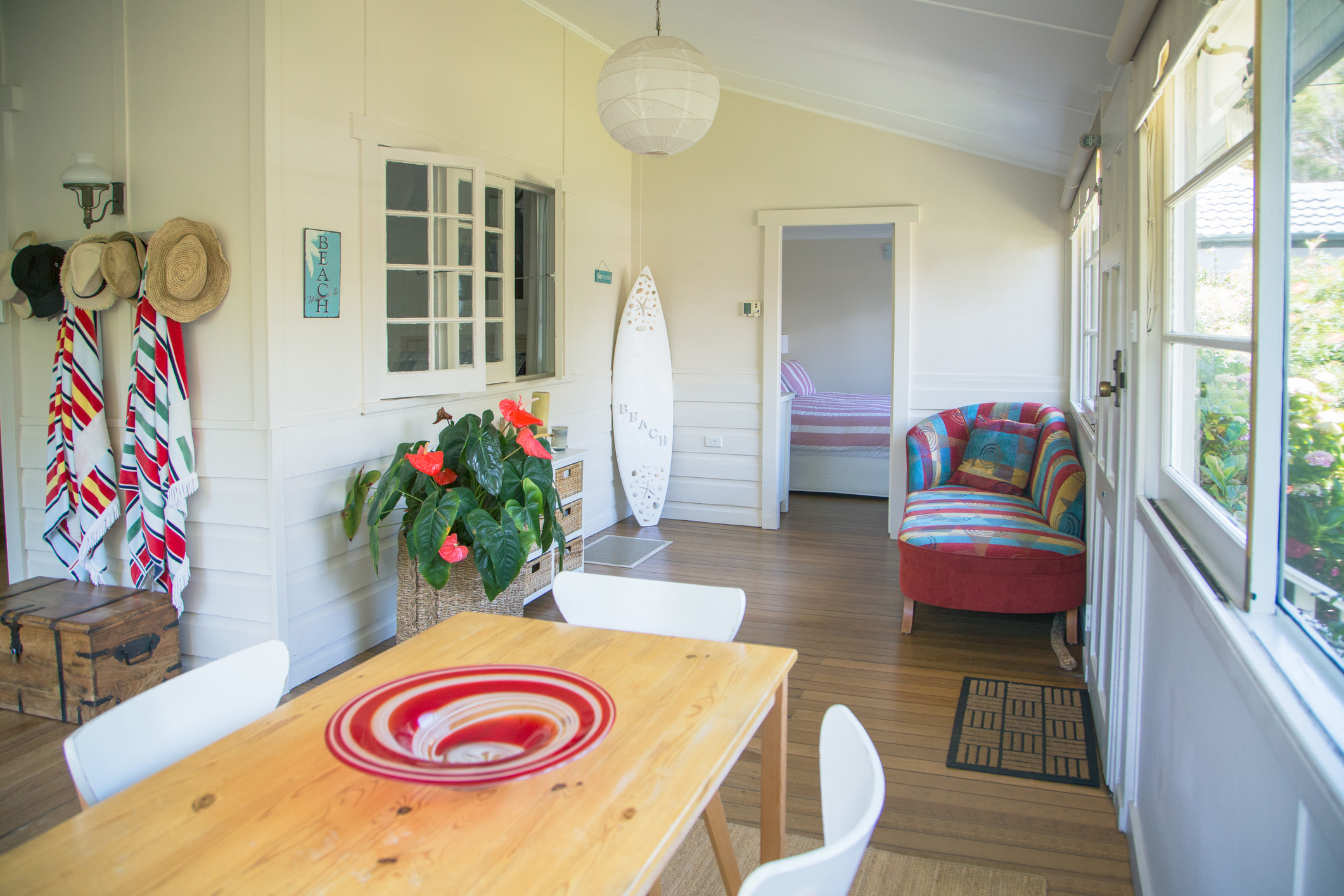How to Rent Out Your Vacation Home this Summer
A second home can be more than an escape from daily living, it can be a source of income. For those who own a vacation home, summer is full of opportunities to open your doors to renters while still enjoying the benefits of having your own personal getaway. This approach to home ownership can be a balancing act, but with the right preparation and know-how, you can turn your vacation property into an income-producing investment.
Renting Out Your Vacation Home in Summer
Splitting the use of your vacation home with renters can oftentimes result in quick turnaround times between visits, so it’s important to avoid falling behind on your task list to keep each transition and visit as smooth as possible. To help with this process, consider hiring professional cleaners to ensure the home is presentable, clean, and fresh for each guest’s stay. Listing your property on short-term rental sites like AirBnB and VRBO help increase your property’s visibility and can be a useful tool for managing the rental process, especially if you’re having a difficult time attracting renters.
If you’ll be staying at your vacation home between renters, be sure to schedule those dates ahead of time so you can block them off from visitors. A mix-up in scheduling only creates added stress and will negatively impact your guests’ experience, and potentially the online reviews.
Pricing Your Vacation Rental
Get the best return on your investment by offering a competitive rate, including on popular weekends. It’s common for homeowners to increase prices for popular summer dates like the Fourth of July and Labor Day weekend. These are the times when people are flocking to vacation getaways and your prices should reflect the increase in demand. Because competition among renters is high during summer, making your home stand out amongst other properties in your area is a worthy investment. Boosting the curb appeal, replacing appliances, upgrading linens, installing high-speed Wi-Fi, and providing a workspace are all ways you can give your vacation home a competitive advantage.
Personalize Your Vacation Rental
As a host, it’s a good idea to add personal touches to improve your guests’ experience and make them feel at home. Add décor and treats tailored to your guests’ stay, especially if they’re celebrating a special occasion or life event. Little details like adding a personalized note, flowers, and treats from local hot spots will help make their experience one they won’t soon forget.

Image Source: Getty Images
Before Renting Out Your Vacation Home
The regulations of the short-term rental market vary by location. Before you rent out your vacation home this summer, understand the rules in your area. For instance, if you belong to a homeowners association, they may have by-laws in place that restrict your ability to rent your property.
Review your homeowners insurance policy to understand whether you are covered while guests are staying in your home. It is likely that you will need to obtain a landlord insurance policy to cover your property while it’s being rented. While some companies offer it as a rider policy that can be added onto your existing homeowners insurance, obtaining a separate policy may be required for adequate coverage. A typical landlord insurance policy will cover property damage, liability, and rental income loss. When shopping around for landlord insurance, find the policy that best fits the needs of your property.
The post How to Rent Out Your Vacation Home this Summer appeared first on Windermere Colorado REALTORS.




